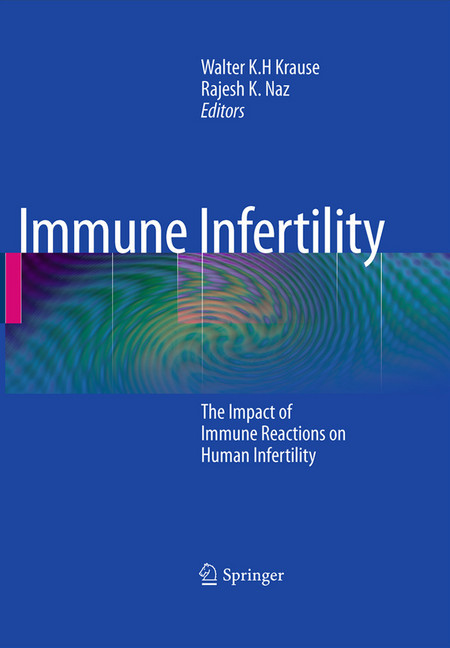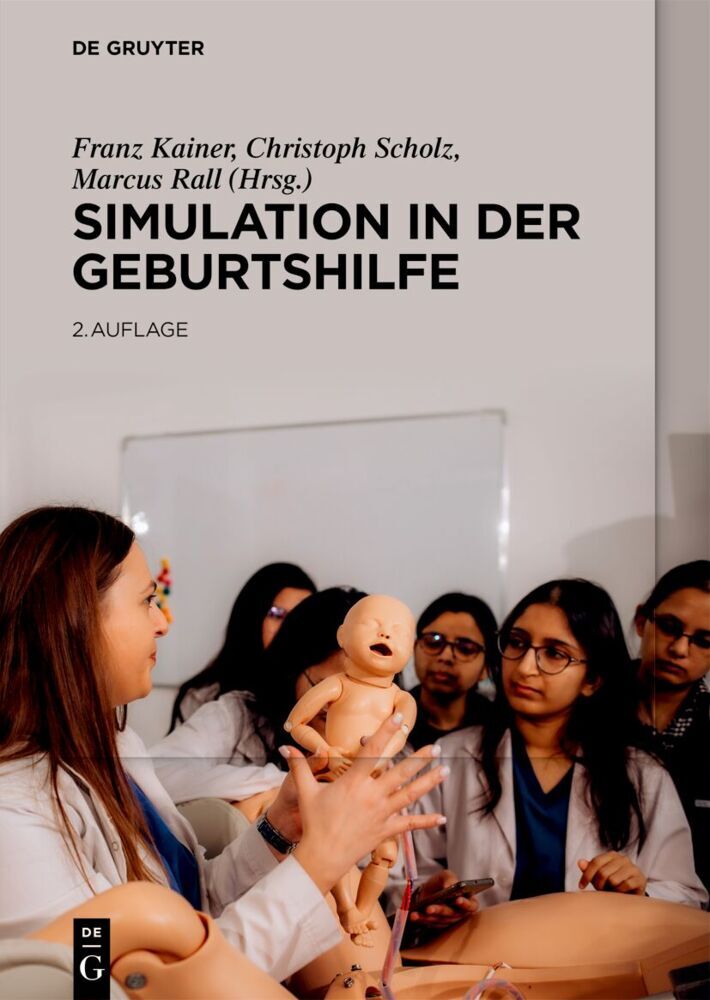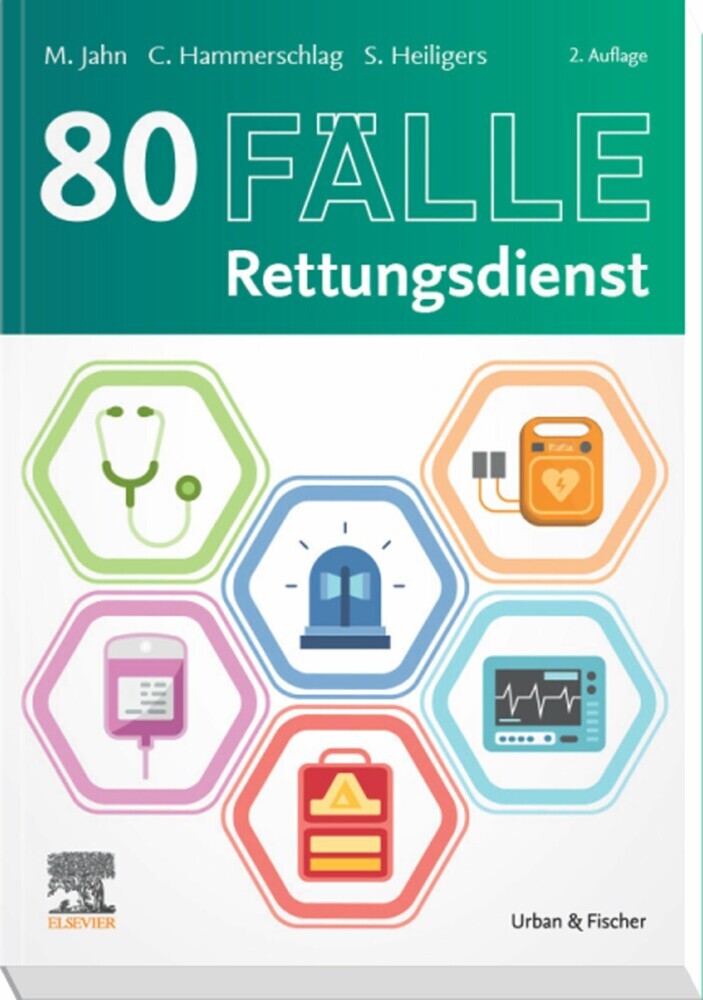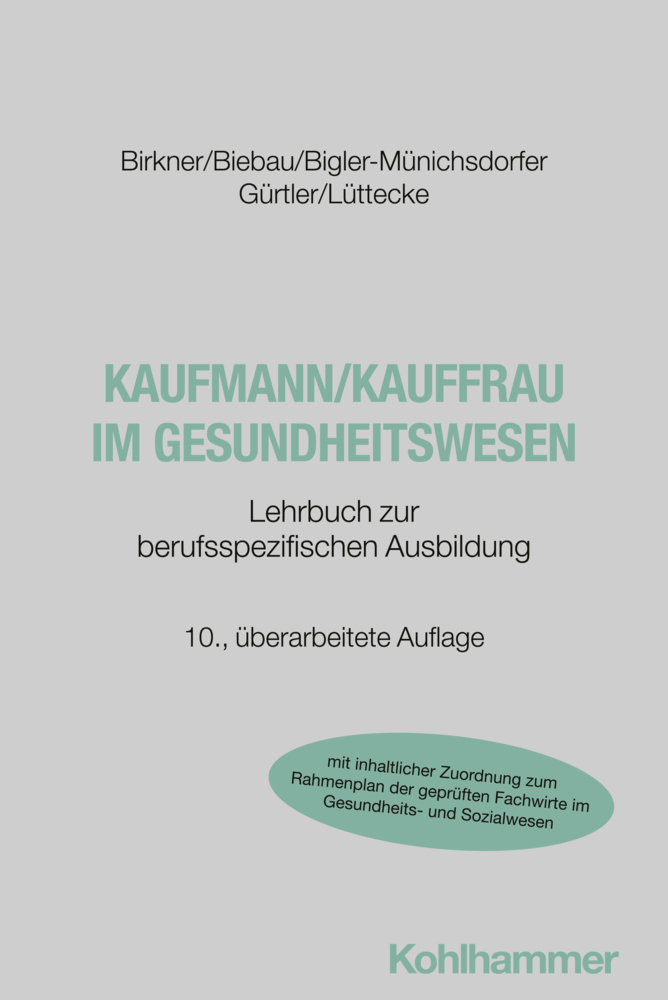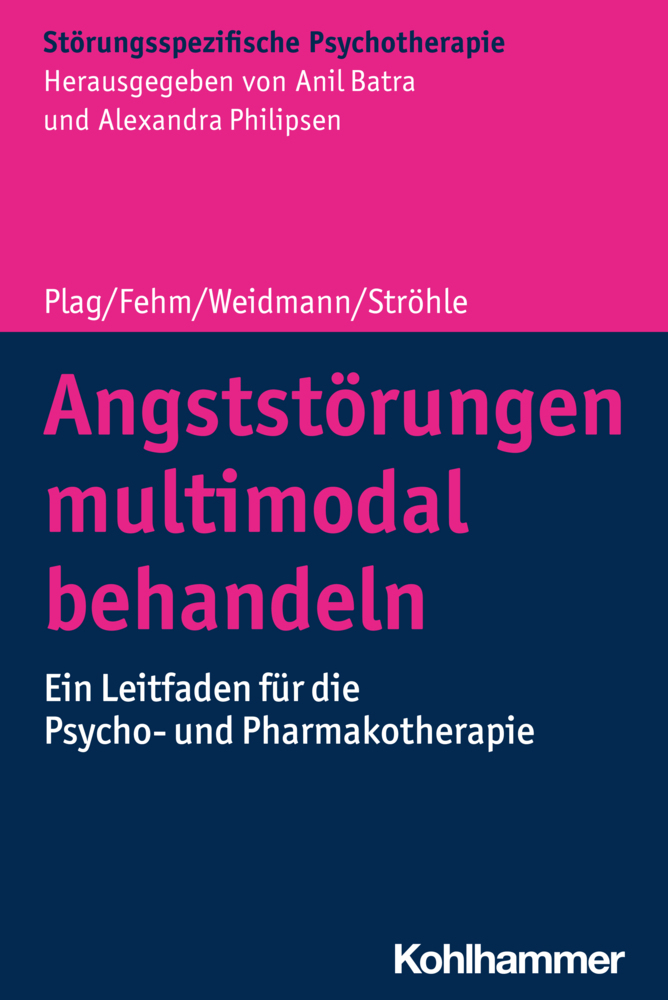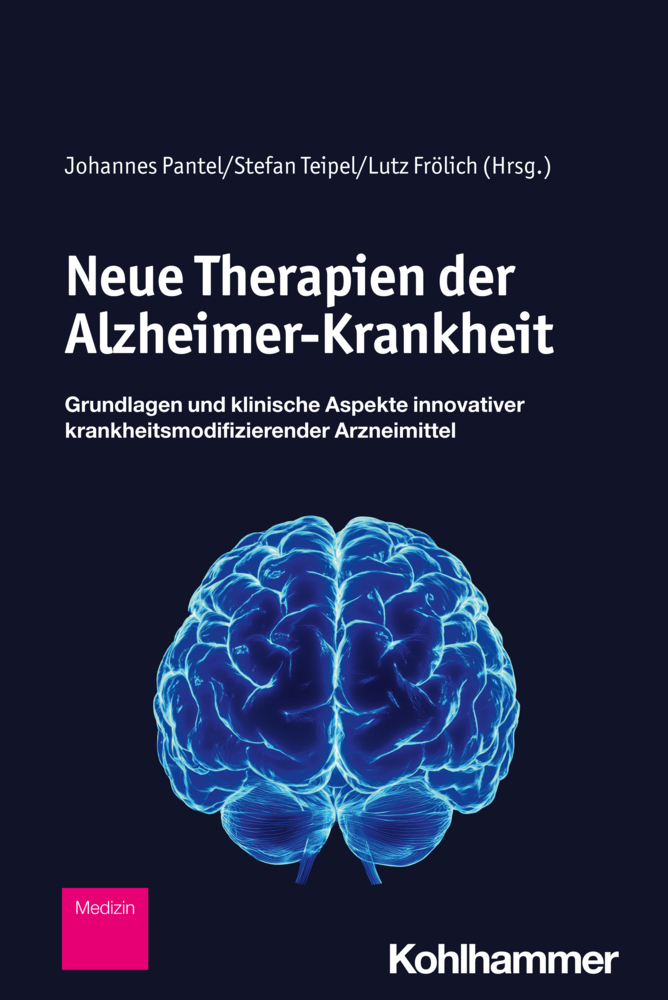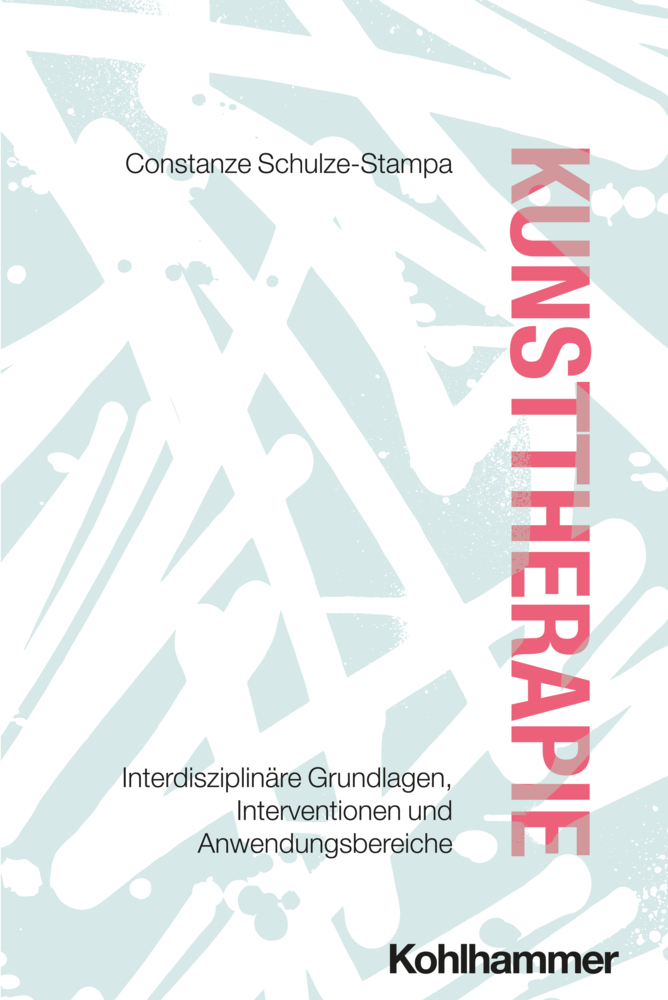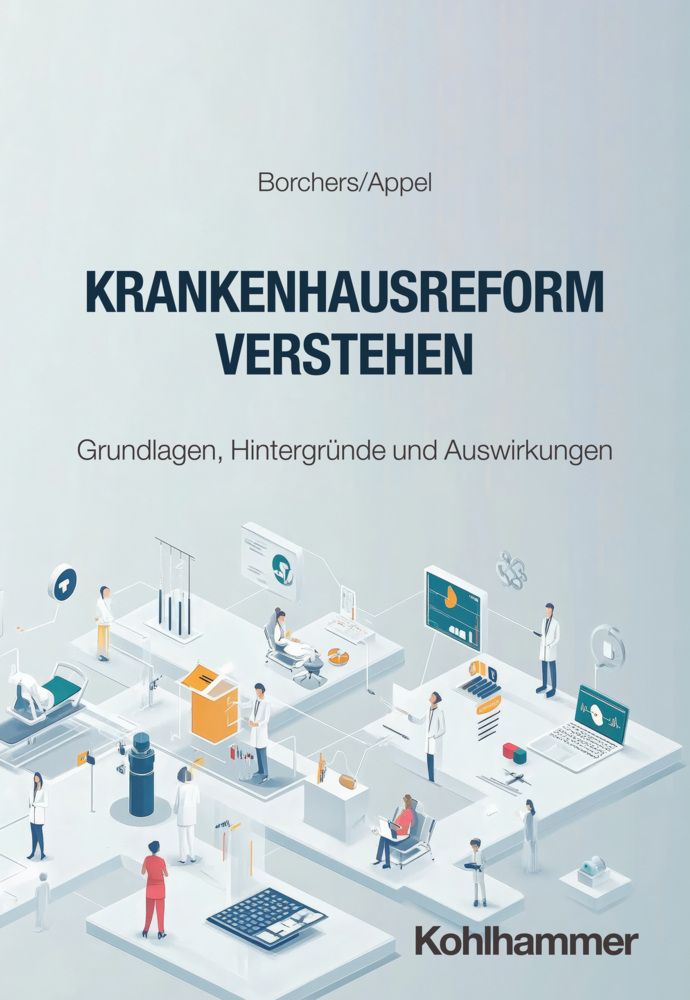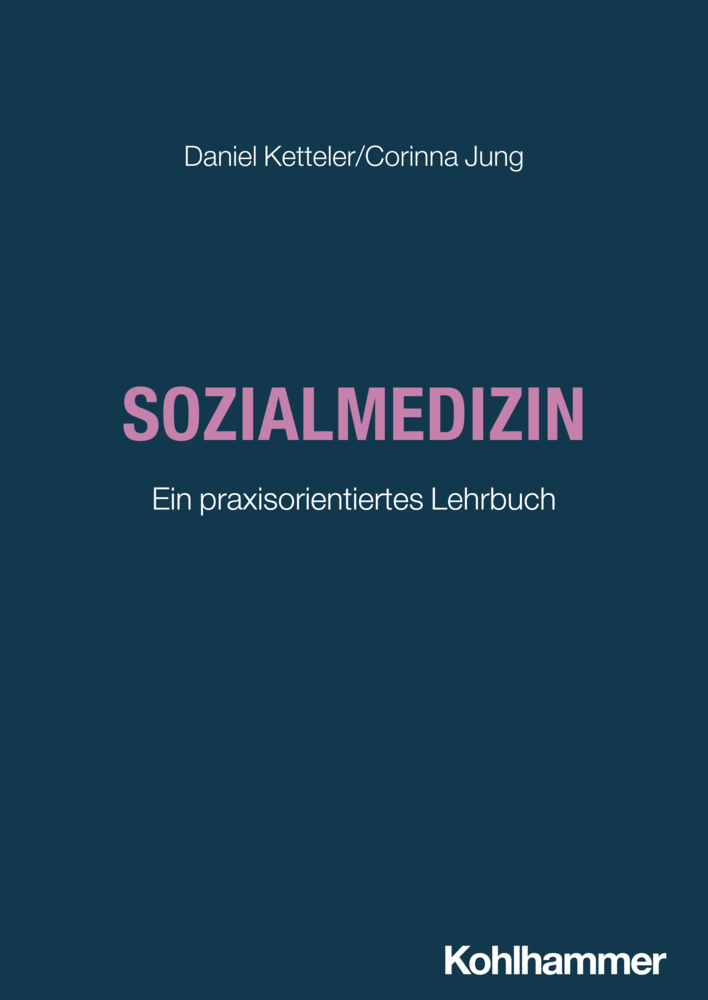Immune Infertility
The Impact of Immune Reactions on Human Infertility
This comprehensive overview of immune reactions inducing fertility disorders in both sexes first describes the nature and the function of sperm antigens which are capable to induce immune infertility as well as the methods to analyse and characterize these antigens. Secondly, the nature, the origin and induction of antisperm antibodies (ASA) in both sexes and the role of reproductive organs and their interaction with the immune system will be discussed. A large section of the book, which is most important for clinicians working in reproductive medicine, deals with the clinical impact of the immune reaction in reproductive medicine, including the methods of determination and the treatment in immune infertility. Closely related to immune infertility is the development of immune contraceptives which is also discussed.
1;Preface;5 2;Contents;7 3;Contributors;9 4;Sperm Antigens;12 4.1;Proteomics of Human Spermatozoa;13 4.1.1;1.1.1 Introduction;13 4.1.2;1.1.2Technologies Used for the Study of the Sperm Proteome;14 4.1.2.1;1.1.2.1Two Dimensional Polyacrylamide Gel Electrophoresis;14 4.1.2.2;1.1.2.2 Difference in Gel Electrophoresis;16 4.1.2.3;1.1.2.3 Chromatographic Separation Methods;17 4.1.3;1.1.3 Conclusions;19 4.2;Methods of Analysis of Sperm Antigens Related to Fertility;23 4.2.1;1.2.1Introduction;23 4.2.2;1.2.2Two-Dimensional Gel Electrophoresis;24 4.2.2.1;1.2.2.1 Vectorial Labeling of Surface Proteins;25 4.2.2.2;1.2.2.2Identification of Fertility Related Sperm Antigens by Naturally Occurring Antisperm Antibodies;26 4.2.2.3;1.2.2.3 Differential Extraction;28 4.2.2.4;1.2.2.4Subcellular Fractionation of the Sperm;30 4.2.2.5;1.2.2.5Use of Polyclonal and Monoclonal Antibodies;31 4.2.2.6;1.2.2.6 Identification of GPI Anchored Proteins;31 4.2.2.7;1.2.2.7Two-Dimensional Differential in-Gel Electrophoresis (2D-DIGE);32 4.2.2.8;1.2.2.8Identification of Phosphoproteins and Glycoproteins;32 4.2.2.9;1.2.2.9Identification and Mining of Low Abundant Proteins;32 4.2.2.10;1.2.2.10Coring of Protein Spots for Microsequencing and Cloning of Novel Genes;33 4.2.3;1.2.3cDNA Library Screening;34 4.2.4;1.2.4Summary;35 4.3;Sperm Surface Proteomics;42 4.3.1;1.3.1Introduction;42 4.3.1.1;1.3.1.1The Sperm Surface;42 4.3.1.2;1.3.1.2Function of Sperm Membrane Domains at Fertilization;43 4.3.1.3;1.3.1.3Sperm Surface Dynamics Before Fertilization;43 4.3.2;1.3.2Isolation of Sperm Surface Proteins;45 4.3.3;1.3.3Detection of Sperm Surface Proteins;47 4.3.3.1;1.3.3.1Tagging of Sperm Proteins and Peptides;47 4.3.3.2;1.3.3.2Surface Specific Considerations for Sperm Proteomics;48 4.3.4;1.3.4Comparison of Surface Proteomics of Human Sperm with Those of Mouse and Porcine or Bovine Sperms;49 4.3.4.1;1.3.4.1Human Sperm Proteomics;50 4.3.4.2;1.3.4.2Mouse Sperm Proteomics;51 4.3.4.3;1.3.4.3Porcine and Bovine Sperm Proteomics;51 4.3.5;1.3.5Conclusions;53 4.4;Sperm Functions Influenced by Immune Reactions;58 4.4.1;1.4.1Sperm Agglutination;58 4.4.2;1.4.2Sperm Apoptosis;60 4.4.3;1.4.3Sperm Motility;60 4.4.4;1.4.4Cervix Mucus Penetration;61 4.4.5;1.4.5Acrosome Reaction;62 4.4.6;1.4.6Zona Binding;64 4.4.7;1.4.7Oolemma Binding and Sperm-Egg Fusion;66 4.4.8;1.4.8Pronucleus Formation;68 4.4.9;1.4.9Conclusions;68 5;Antisperm Antibodies (ASA);75 5.1;The Immune Privilege of the Testis;76 5.1.1;2.1.1Introduction;76 5.1.2;2.1.2 Blood Testis Barrier;77 5.1.3;2.1.3 Endocrine Regulation of Testicular Function and Immune Privilege;79 5.1.4;2.1.4 Mechanism of Maintenance and Disturbance of Testicular Immune Privilege;79 5.1.4.1;2.1.4.1 Macrophages;79 5.1.4.2;2.1.4.2 Dendritic Cells (DC);80 5.1.5;2.1.5 Conclusions;81 5.2;Immune Chemistry of ASA;85 5.2.1;2.2.1Introduction;85 5.2.2;2.2.2Natural Autoantibodies;86 5.2.3;2.2.3ASA Antibodies Developed Prepuberty;87 5.2.4;2.2.4ASA Antibodies in Females;89 5.2.5;2.2.5ASA Antibodies in Males;90 5.2.6;2.2.6Carbohydrate-Mediated ASA Antibodies;92 5.2.7;2.2.7Conclusions;94 5.3;Sperm-Specific T Lymphocytes;97 5.3.1;2.3.1 General Characteristics of T Lymphocytes (from Janeway's Immunobiology, 2007);97 5.3.2;2.3.2 What is Known About Antigen-Specific T Cells in Immune Infertility?;98 5.3.3;2.3.3 T Cells in Semen;99 5.4;Site and Risk Factors of Antisperm Antibodies Production in the Male Population;103 5.4.1;2.4.2Risk Factors and Site of ASA Formation;104 5.4.1.1;2.4.2.1Chronic Obstruction of the MRT;104 5.4.1.2;2.4.2.2Infection and/or Inflammation of the MRT as Cause of ASA Formation;106 5.4.1.3;2.4.2.3Varicocele as Cause of ASA Formation;108 5.4.1.4;2.4.2.4Cryptorchidism as a Cause of ASA Formation;109 5.4.1.5;2.4.2.5Testicular Trauma, Surgery, and Torsion as Cause of ASA Formation;109 5.4.1.6;2.4.2.6Testicular Tumors as Cause of ASA Formation;110 5.4.1.7;2.4.2.7Homosexuality as Cause of ASA Formation;110 5.4.2;2.4.3Conclusions;111 5.5;Biologic Substrates Containing
Krause, Walter K. H.
Naz, Rajesh K.
| ISBN | 9783642013799 |
|---|---|
| Artikelnummer | 9783642013799 |
| Medientyp | E-Book - PDF |
| Copyrightjahr | 2009 |
| Verlag | Springer-Verlag |
| Umfang | 236 Seiten |
| Sprache | Englisch |
| Kopierschutz | Digitales Wasserzeichen |

